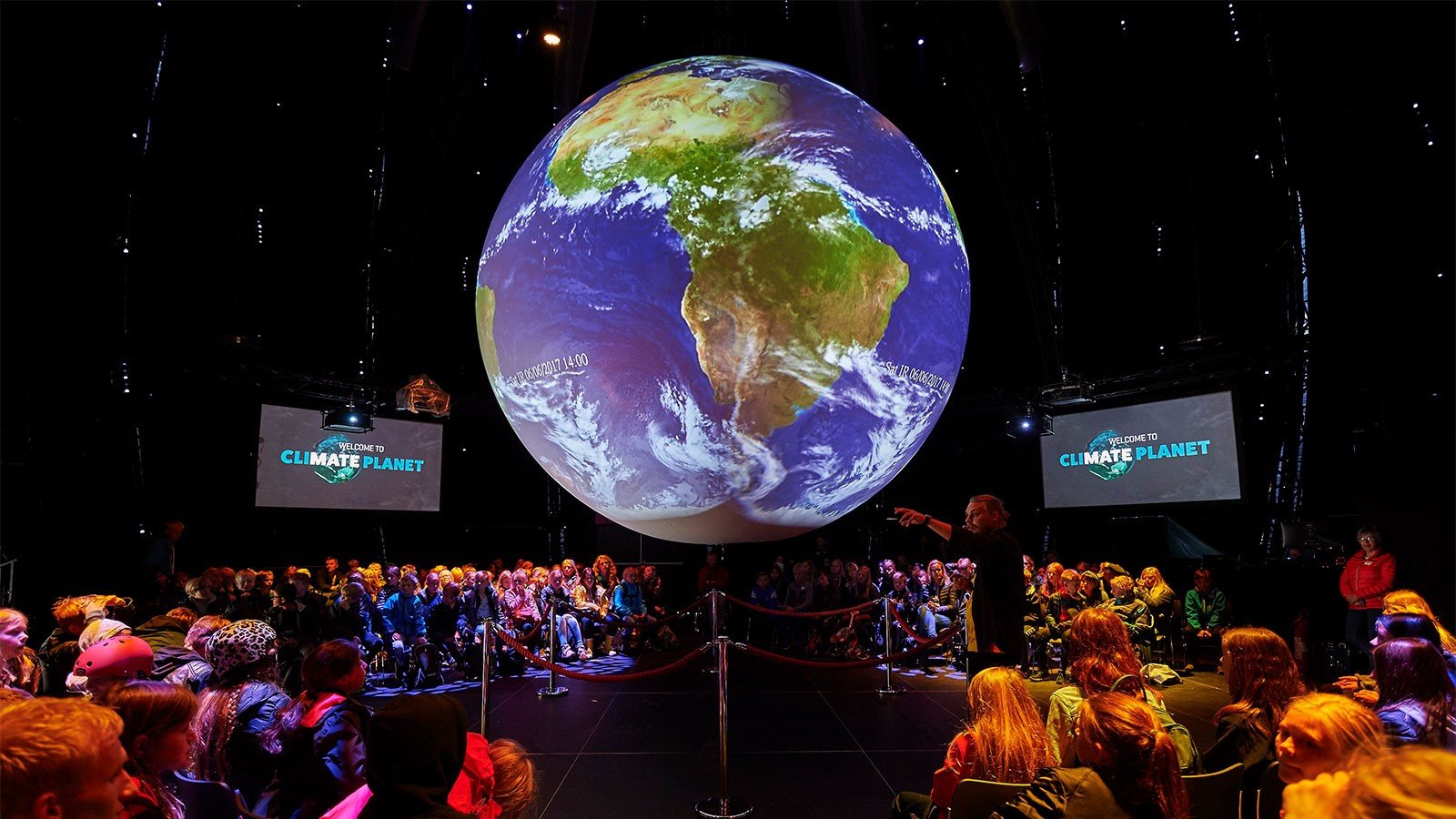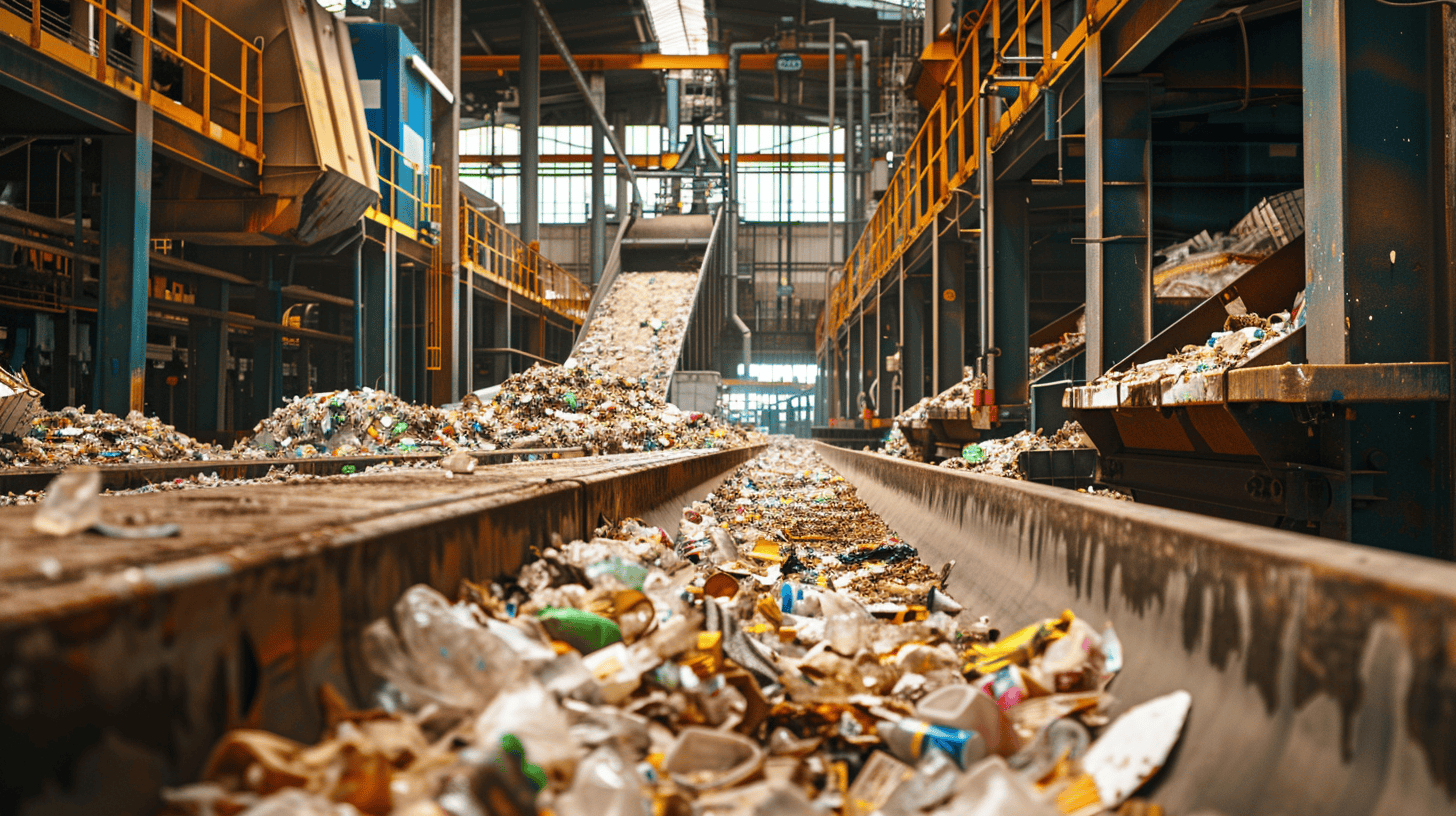
If ever there has been an innovation of tremendous importance in 2020, then it is the development of the corona vaccine. To a large extent, the SARS-CoV-2 pandemic has set the agenda. Even in the world of science and innovation. This is not necessarily such a bad thing. Based on the principle ‘never waste a good crisis’, all kinds of developments have been accelerated and even some new technologies were born. Innovation Origins looks back this month on the innovations and developments that the editorial staff has reported on over the past year. The theme today is sustainability.
Hope was palpable for the many who are concerned about the health of Mother Earth. The lockdowns this spring as a result of the corona pandemic literally seemed to purify the air. Being forced to work from home turned out to be surprisingly efficient as far as managers could see. Traffic jams disappeared and emission targets were suddenly within reach. However, opinions became gloomier by the end of the year. We will more than likely fall back into the same polluting behavior as before the pandemic.
Formic acid will replace diesel oil
Have we made any progress at all? Of course we have! In the past year, lots of techniques have been presented that will clearly contribute to a healthier world in the near future. Take diesel, for example. The life elixir of heavy machinery and vehicles. Some wonderful and clean alternatives have been developed for this. Formic acid, for starters. A student team RenewCO2 from Eindhoven, the Netherlands, is working on a technique that turns CO2 into formic acid. Using only electricity and water, the greenhouse gas is transformed into a CO2-neutral chemical.

The Helmond-based company DENS (also in the Netherlands) is already one step further. Hydrozine is the magic word over there. With hydrozine, hydrogen is ‘captured’ in a safe and non-flammable way. Hydrogen is generated in the aggregate out of the hydrozine and converted directly into clean electrical energy inside a fuel cell.
Researchers from the University of Cambridge (UK) and the University of Tokyo (jAPAN) have also developed a technology whereby sunlight, carbon dioxide and water are converted into oxygen and formic acid.
Trees provide raw material for asphalt
There is even light on the horizon for the really big polluter, international shipping. Ship engines still run on heavy fuels. However, the sector sees an alternative in lignin. This is a fuel that can be extracted from wood. It looks as if lignin has a great future ahead of it. It is also forms the base for a new generation of asphalt. The Dutch province of Zeeland had the premiere of the very first stretch of road surface for daily use that has been constructed on the basis of lignin.

More alternative fuels on the way
Research into alternative fuels is being conducted in a variety of areas. For example, a new pyrolysis process makes it possible to produce hydrogen and carbon from natural gas. Carbon is a by-product of this process and can be used for other applications. At the Eindhoven University of Technology (TU/e, also in the Netherlands), scientist Fausto Gallucci is working on a reactor that should make hydrogen production much more cost-effective. This reactor is mainly intended for the chemical industry.
Take part in our poll!
[yop_poll id=”6″]
Other scientists foresee small hydrogen power plants in every house in the future. Hydrogen production then takes place via electrolysis. This is done in a small system that runs on renewable energy. For example, with electricity from solar panels. It is small enough to be installed in a basement or garage.
This can be done in an even simpler way. Windows that generate power from the sunlight that shines through them. PhD student at the TU/e, Daniel Vakulov, has built a microgenerator based on nanowires that use the heat from the surrounding environment to generate electricity.
Perhaps the most eye-catching news about alternative energy came from the pilot project at beer brewer Bavaria in the Dutch province of Brabant.The heat that the brewery needs for the brewing process is generated by burning iron powder. There are no CO-2 emissions and the residual waste after incineration can be reused.

Therefore, we should be able to stop being such huge polluters in the future. But we also have to clean up the mess from the past. Plastic soup in the oceans also caused concerns in 2020. Hope is now pinned on the mini-workers of Mother Earth herself: plastic-eating enzymes. This was already something we knew about. But British and American researchers have combined two enzymes of a microbe in such a way that plastic can be broken down six times faster than the plastic-eating enzyme PETase.
Handling raw materials wisely
Of course, one other way to make our society more sustainable is to use raw materials more wisely. Water, for example. For decades, scholars have warned that clean drinking water could become a scarce commodity. Scientists at the Dutch universities of Amsterdam and Utrecht have developed an underground irrigation system that can cut down the Dutch agricultural sector’s consumption of fresh water by 25 percent.
And why use expensive fresh drinking water when recycled water can do the job just as well, as two German scientists proved with their project HypoWave. According to many, hydroponics, also known as aquaponics, is the ideal way to provide our future world with food.

This is just one of many developments in the field of agriculture. In future, vegetables will be grown either fresh in your local supermarket around the corner, or in your own kitchen or living room just like an indoor plant. We also help the environment by eating more meat substitutes, or switching to tasty snacks made from insects. So, a different attitude on the part of humans about what food they want on their plates can have significant positive effects on the environment.
The same goes for our way of living. Just take the nitrogen debate in the Netherlands as an example. In order not to exceed the maximum emissions caused by (much-needed) housing construction, agriculture has to be scaled down and the maximum speed limit on freeways must be lowered. But the construction industry itself can also contribute a lot too.
For example, the Finnish company Betolar has found an alternative to cement, which is a major CO2 polluter. It is a type of concrete based on geopolymers (inorganic binders) that is a made-to-measure alternative, supported by artificial intelligence, to cement-based concrete. It is made up of fly ash, a residue that remains after burning coal and biomass, among other things.
Environmentally friendly construction
French researchers have developed a method whereby a structure is able to adapt to the load. Thanks to this new method, much less material is needed and the environmental impact is reduced accordingly as well. This means that many more structural improvements can be made to our cities to make them more sustainable and to benefit the environment. Rooftops in cities, for example, can be transformed into a completely new biotope for flora and fauna with vegetation.
Rooftops are also an ideal place for the installation of solar collectors, just like facades can be. The arrangement of residential areas in urban areas – even including within existing buildings – can also contribute to a greener world by structuring them as ‘superblocks‘. Thanks to new inventions in the field of heating and water supply, we will not have to sacrifice anything in terms of comfort.
This also applies to fashion. For example, it is now possible to break down clothing made of composite fibers into separate threads so that new fabrics can be woven. We no longer need to raise cattle to make leather. We can also make that from rotten fruit or fish. Just like fibers from the pineapple plant can be used for paper production and biopaste from wood (the ink used in 3D printers).
Sustainable chemistry
In future, the chemical industry will rely on lignin, which was previously mentioned. This bio-fuel from wood can replace dirty crude oil. Sustainable plastics are being manufactured that are able to repair themselves and are easy to recycle. We can also recover valuable raw materials from wastewater thanks to chemistry.

Precious lithium, which is so necessary for batteries where we can store green electricity, can now be extracted from the water in old mining tunnels. And it is perfectly normal in a circular economy for your old T-shirt to end up in the upholstery of your new car and your old smartphone to provide the raw material for your new one.
Also read our reviews looking back on the most notable IO articles from 2020:
Flying cars and high-speed hyperloop travel are still in the future








